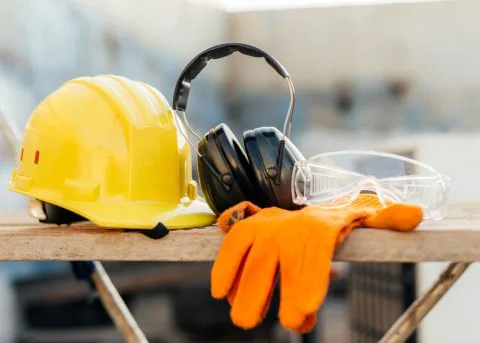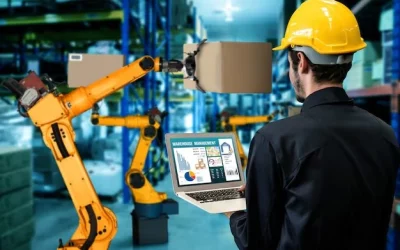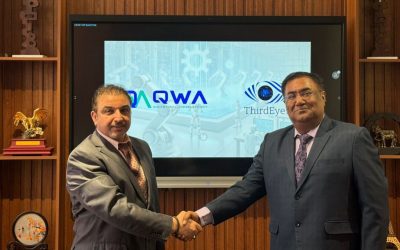The Evolution of Smart Factories
Smart factories integrate advanced technologies such as the Internet of Things (IoT), artificial intelligence, robotics, and data analytics to optimize manufacturing processes. While these innovations bring efficiency and productivity, they also introduce new challenges, including the need for heightened safety measures. Workers in smart factories are exposed to complex machinery, automated systems, and a dynamic environment, necessitating robust safety protocols.
Importance of PPE in Smart Factories
PPE serves as the first line of defense against potential workplace hazards in smart factories. Traditional safety gear such as helmets, gloves, safety glasses, and vests are now being augmented with smart and connected devices. These technologically advanced PPE not only provide physical protection but also contribute to a more proactive and responsive safety culture.
Key Components of Automatic Detection of PPE in Smart Factories
- IoT-enabled Wearables
- Smart helmets, vests, and gloves embedded with IoT sensors collect real-time data on environmental conditions and the wearer’s vital signs.
- These wearables can monitor temperature, humidity, and air quality, providing insights into potential health risks.
- Connected Safety Glasses
- Safety glasses equipped with augmented reality (AR) technology can display critical information, instructions, and warnings directly to the worker’s field of vision.
- Cameras in the glasses can also capture and transmit images for remote assistance or documentation purposes.
- Data Analytics for Risk Assessment
- Collected data from PPE sensors is analyzed using advanced analytics tools to identify patterns and potential risks.
- Predictive analytics can help anticipate and prevent accidents, ensuring a proactive approach to safety.
- Real-time Monitoring and Alerts
- PPE monitoring systems enable real-time tracking of workers‘ locations and activities within the factory.
- Immediate alerts are generated in case of deviations from safety protocols, allowing for swift intervention and response.
Benefits of PPE Monitoring in Smart Factories
- Enhanced Safety Culture
- PPE monitoring fosters a culture of safety by making workers more aware of their surroundings and potential risks.
- Reduced Accidents and Downtime
- Proactive monitoring and immediate response to potential hazards contribute to a significant reduction in workplace accidents and subsequent downtime.
- Improved Productivity
- Workers feel more secure and confident in their working environment, leading to increased productivity and efficiency.
- Compliance and Reporting
- PPE monitoring systems facilitate compliance with safety regulations and provide detailed reports for audits and continuous improvement.
Conclusion
PPE Detection using computer vision in smart factories represents a pivotal step towards creating safer and more productive workplaces. As technology continues to advance, the integration of smart PPE not only safeguards workers but also transforms safety into a dynamic and data-driven aspect of industrial operations. By embracing these innovations, smart factories can ensure that their workforce remains protected, empowered, and ready to meet the challenges of the evolving industrial landscape.




